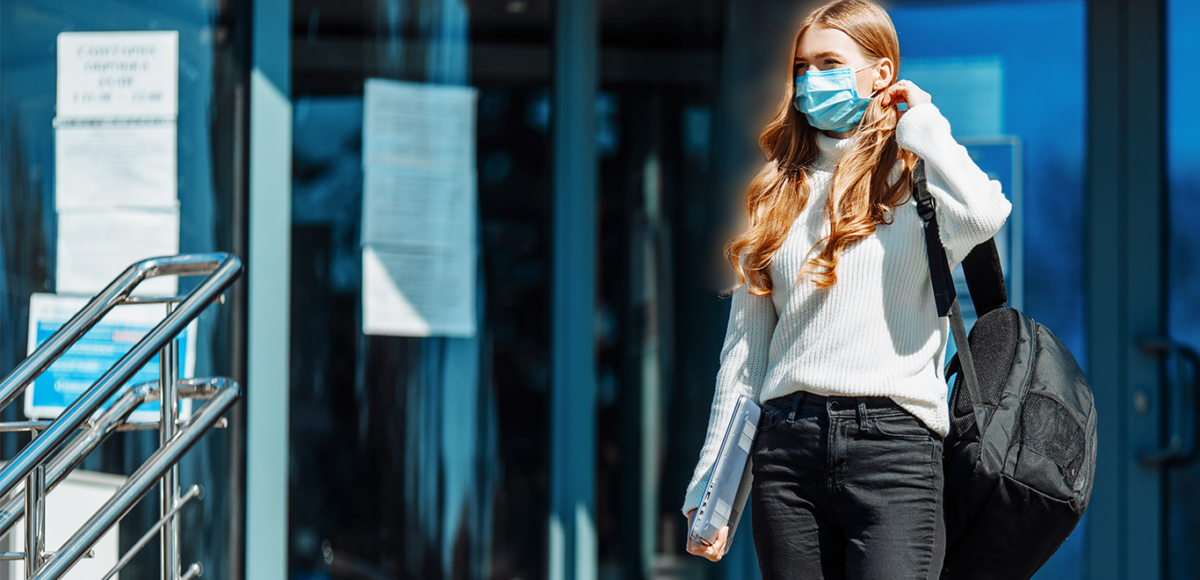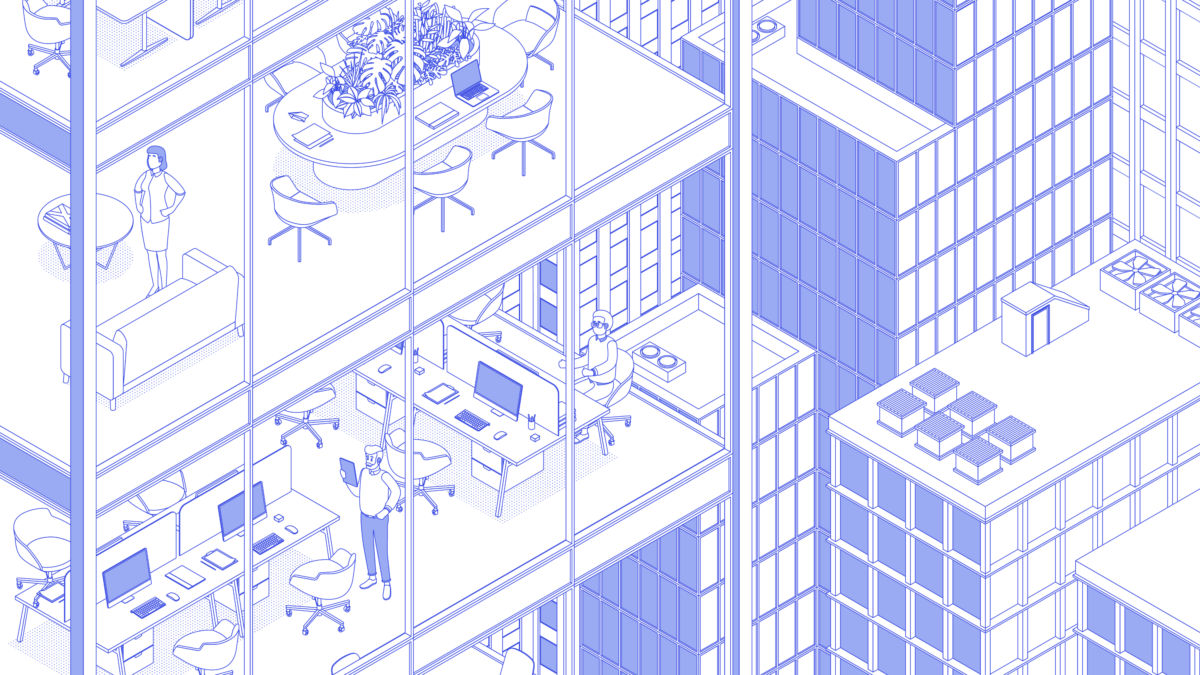Written by: Beverly Steele
I have a unique perspective, in my role as Director of Strategic Business, in working with companies in various vertical markets, managing the challenges for returning to work. Typically, my clients driving needs for my support, vary greatly. It has not been, until recently, that my conversations with my clients are becoming more alike, than different. I found that to be true, early in the pandemic, as clients reached out to learn more about how to support employees working from home. Companies were then, and are today, more similar in their quest for what the future workplace might look like. I want to share with you the top six concerns, that have consistently come up, in almost every conversation I have had.
Division. Employees want to feel safe, and employers want them to feel safe. Dividing up workspaces can give the employee a sense of space, healthy space, between coworkers. Think acrylic dividers, creative plant walls, and yes, the return of the cubicle. Many companies are saying they may move to shift work, to provide the ability to move employees apart. It might not be a 6- foot plan, but the plans will veer away from employee’s desks too close, so that a cough or sneeze could make an employee, well, uncomfortable?
Flexibility. No company is saying they have the complete answer on what the future of their office space will look like. They want and need a plan that can flex. Companies are looking for options, like Furniture as a Service, to take a leap of faith, and begin to curate their new workplaces. This gives them the gift of time, to get to a final decision, and the ability to pivot, when the first option may not have been perfect. It is OK to say, I don’t know when it comes to a future office footprint.
Capital. The growing trend of Access vs. Owner, pre-pandemic, has a new set of eyes, as leaders weigh the risk of making decisions about their office space. A wrong decision, made, too quickly, can prove costly in capital outlay. Planning the rebirth of the office will take time, maybe not nine months, but utilizing a try before you buy a plan, is, in the long term, is a smart financial plan.
Technology. There will be a lot of new tasks to manage and analyze during and after the return to work. Deciding whose plate this falls on, and how it will be managed is keeping some COO’s up at night. Using technology, like 4Site, can support the tracking of workspace cleaning, and usage, to aid in a better long-term plan. Why is this important? Learning how your employees use their workspaces, and how often they are in them, is data that will be critical in designing your final workspace. A workplace decision, backed up by real data, is always going to ensure you are supporting the needs of your workforce.
Air Filtration. Almost every company I have worked with has led with the desire to provide healthy environments for their employees. Even though, after the vaccine, covid should no longer be a concern, employees are, quite frankly a little grossed out. Providing air filtration units, in an employee’s workspace, shows you care about their health and wellness, today, and in the future.
Work from Home. Until employees are back, companies want to make certain their employees are comfortable and healthy. I had many conversations with companies, early pandemic, for work from home office programs, but many put those plans on hold, as they thought their employees be back in the office sooner. Now, the conversations are about a plan to get employees back and keeping them healthy, until they are. Companies are choosing to rent work from home office packages, as it gets their employee’s office environment set up quickly, and it can be picked up as soon as the employee returns to the office. They also like the fact the furniture can be refurbished, and reused, instead of ending up in a landfill once the work from home office is not needed anymore.
In conclusion, there has never been a better time to not have all the answers about the future of work. What we do know is that employee engagement will be very important, every step of the way. Ultimately, it will be up to employers to ask their employees if they feel safe and supported in their return to work. Putting together a plan that will allow you to pivot and change, and not have to have all the answers today, will give you time to build the new culture of your workplace. If you would like any additional information on the trends in this article, or trends that you are seeing, please reach out.
This article was originally written by Beverly Steele, CORT’s Director of Strategic Business Development, on April 1, 2021. Looking for new opportunities in your workplace? Follow Beverly on LinkedIn for more tips on how to use CORT’s Furniture as a Service™ in your workplace.






